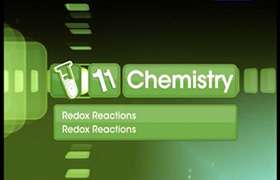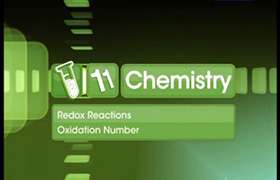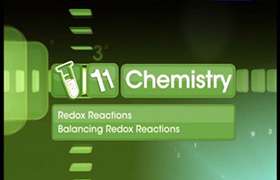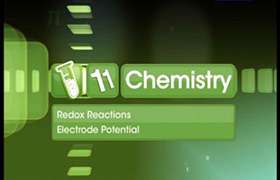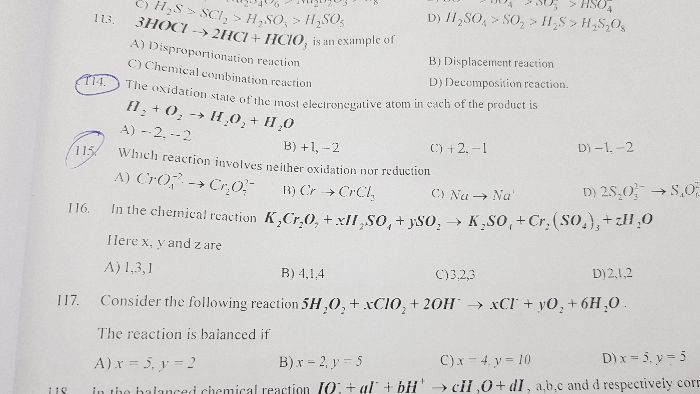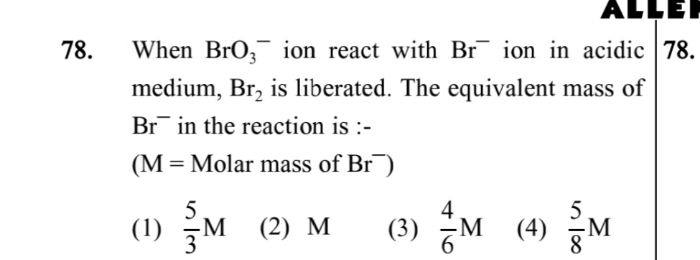CBSE Class 11-science Answered
Balancing Chemical Equations is absolutely essential if you want to determine quantities of reactants or products. An unbalanced Chemical Equation gives only the identify of the beginning reactants and the final products using the appropriate formulas as well as the conditions of temperature, physical state, and pressure conditions under which the reaction is to operate under. However an unbalanced equation can say nothing about the quantities involved until the equation has been balanced. A balanced equation assures that the Conservation Law of matter is obeyed. The total mass of reactants must equal the total mass of products. A balanced equation is like a recipe. It tells you the proportional quantities of each substance involved. The coefficients that appear to the left of each formula can be interpreted as mole units or molecules, but for practical purposes, the coefficients will be interpreted as mole units. No coefficient is interpreted as 1 mole. The following principles should be employed when balancing a Chemical Equation by inspection:
- Never touch subscripts when balancing equations since that will change the composition and therefore the substance itself.
- Check to be sure that you have included all sources of a particular element that you are balancing on a particular side since there may be two or more compounds that contain the same element on a given side of an equation.
- I would suggest that you adjust the coefficient of mono atomic elements near the end of the balancing act since any change in their coefficient will not affect the balance of other elements
- When there are a group of atoms that are acting as a unit such as a polyatomic ion and they appear intact on both sides of the equation, it is best to balance them as a self contaned group. For example, if there are Phosphate groups, PO4-3, that appear on both sides, balance the phosphates as a group instead of separating the Phosphorus and Oxygens. It can be done either way, but there is less likely of a mistake if they are balanced as Phosphate groups.
Consider the example of:
The first thing to do is choose a starting point. If we choose the carbon as the starting point, we go nowhere, since there is already one carbon on each side. Choosing oxygen is not good, because the oxygen is divided between two species on the right side. The interesting part is in the ammonium (NH4) ion. If we start with the nitrogen on the left (in the ammonium ion), we see that there are two nitrogens and therefore we must put at "2" in front of the ammonia on the right side.
Since we are already working with the ammonia, now consider the hydrogens that make up the rest of the molecule: the six hydrogens in the ammonia plus the two hydrogens in the water make eight hydrogens. Bouncing back across to the left side, we count eight hydrogens; since no other atomic species have been changed, we can count up everything and see that the reaction is now balanced:
Notice how the reaction itself led us through the steps of the balancing process. A more complex reaction would have involved more steps, but the process would have been the same.
This "inspection method" is the first one tried by chemists in the real world. Only when it fails to work, as in the case of many oxidation-reduction reactions, for example, are more complex procedures used.
Here is another example:
Fe2(SO4)3 + K(SCN) ----> K3Fe(SCN)6 + K2SO4
K3Fe(SCN)6 is pretty complicated. Now look at it and see what ions are in it that are not shared on the same side of the reaction. These are SCN and Fe.
We start to balance these
Fe2(SO4)3 + 6 K(SCN) ---> K3Fe(SCN)6 + K2SO4 Now we go left to right.
The irons are messed up, two on the Left, and one on the right. We adjust
Fe2(SO4)3 + 6 K(SCN) -- 2 K3Fe(SCN)6 + K2SO4 .
Now this messes up the SCN, we adjust.
Fe2(SO4)3 + 12 K(SCN) -- 2 K3Fe(SCN)6 + K2SO4 .
Now we go back to the left and work right. The irons are OK, the sulfates are not. Three on the left, one on the right. We adjust
Fe2(SO4)3 + 12 K(SCN) -- 2 K3Fe(SCN)6 + 3 K2SO4 .
Now we go back left to right. Fe is ok, SO4 is OK, K is ok, and so forth, this is the final balanced equation.
Rules: Look for the most complicated formula and start there, when it is balanced, then start left to right in the equation, and by TRIAL and ERROR, you finally get there. Sometimes when you are stuck, it helps to put it away for awhile and come back to work later.
Half-Reaction Method (or Ion-Electron Method) is to split an unbalanced redox equation into two half-reactions, oxidation and reduction half-reactions. Both half-reactions are then balanced in according to the change of electrons. It is applied the best for redox reactions with ions and in aqueous solution
Chemical equations with changes of oxidation numbers can be balanced using half-equation method. This module can guide you through step-by-step in balancing redox reactions using this method. Here are the steps:
-
Separate into half-reactions.
-
Balance the oxidizing and reducing elements in each half-reaction.
-
Balance atoms other than O and H.
-
In acidic solution, balance oxygen with H2O. In basic solution, balance oxygen with OH- and H2O.
-
In acidic solution, balance hydrogen with H+. In basic solution, balance hydrogen with OH- and H2O.
-
Balance each half-reaction for charge with e-.
-
Multiply each half-reaction by a coefficient so the numbers of electrons are the same in each and add both half-equations together.
-
Cancel common reactants and products.
-
Eliminate fractions by multiplying a common factor if needed.
-
Complete the equation by final inspection.

